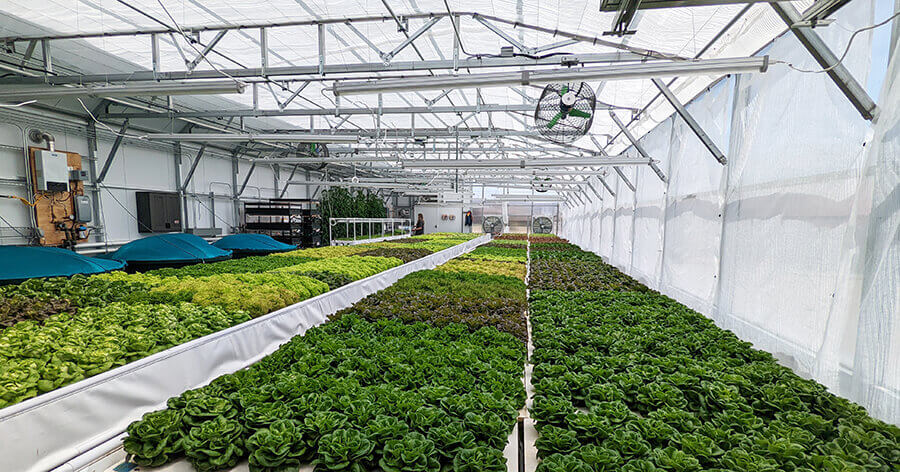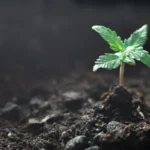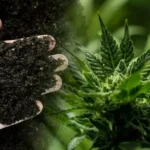Sustainability is becoming a cornerstone of commercial horticulture as the industry adopts technologies and practices that address environmental challenges while enhancing efficiency and cutting costs. These innovations are not just reshaping greenhouse operations but also setting new benchmarks for modern agriculture.
Controlled Environment Agriculture (CEA)
CEA systems empower growers to regulate critical factors like temperature, humidity, light and CO₂ levels, creating year-round optimal conditions for plant growth. By leveraging:
- Insulated Materials: These reduce energy loss, stabilizing indoor climates regardless of external weather.
- Automated Climate Control: Integrated systems maintain consistency, allowing precise adjustments to meet the needs of different crops.
- Vertical Farming Techniques: CEA is often combined with vertical farming, maximizing output per square foot and reducing the need for expansive land use.
These practices not only stabilize yields but also reduce the unpredictability caused by climate change.
Water Conservation and Management
Water is a vital yet limited resource, making its efficient use critical in horticulture. Advanced strategies include:
- Drip Irrigation: Delivers water directly to the root zone, minimizing evaporation and runoff.
- Hydroponics and Aquaponics: Soilless systems recycle water, reducing consumption by up to 90% compared to traditional methods.
- Rainwater Harvesting: Collects and stores rainwater for irrigation, further reducing dependency on municipal water supplies.
- Real-Time Monitoring: Soil moisture sensors and smart irrigation systems prevent overwatering and ensure optimal hydration.
These systems not only conserve water but also contribute to healthier plants by reducing over-saturation risks.
Precision Agriculture with Data and AI
The digital revolution in horticulture has introduced tools that harness data for more informed decisions. Key advancements include:
- Environmental Sensors: Measure variables like light intensity, humidity, and soil conditions, providing real-time feedback to growers.
- AI-Driven Analytics: Analyze trends and predict potential issues such as pest outbreaks or nutrient deficiencies.
- Drone Technology: Offers aerial insights into crop health, detecting stress zones or diseases before they become widespread.
These technologies allow for resource optimization, reducing waste and improving yields while maintaining sustainability.
Energy Efficiency
Energy use is a significant concern for greenhouse operations. Sustainable solutions include:
- LED Lighting Systems: These consume less energy and emit less heat than traditional lighting, offering precise spectrum control to optimize plant growth.
- Solar Integration: Solar panels power greenhouses, reducing reliance on fossil fuels and lowering operational costs.
- Geothermal Heating: Utilizes underground heat sources to maintain consistent temperatures in a cost-effective manner.
- Energy Storage Systems: Batteries store excess energy generated during peak sunlight hours for use during cloudy periods or nighttime.
Efficient energy use not only reduces greenhouse gas emissions but also enhances profitability by lowering utility expenses.
Soil Health and Nutrient Management
Sustainable horticulture also emphasizes soil health, which is essential for long-term productivity. Practices include:
- Composting: Converts organic waste into nutrient-rich material, reducing reliance on synthetic fertilizers.
- Cover Cropping: Prevents soil erosion, enhances organic matter, and suppresses weeds.
- Precision Fertilization: Delivers nutrients only where needed, minimizing runoff and ensuring efficient use.
These methods maintain soil fertility while preventing environmental degradation.
The Role of Renewable Inputs
Horticulture is increasingly adopting renewable resources to replace conventional inputs:
- Biodegradable Pots and Mulches: Reduce plastic waste while providing necessary plant support.
- Bio-based Fertilizers: Made from algae or fish byproducts, offering a sustainable alternative to synthetic fertilizers.
- Natural Pest Control: Introduces beneficial insects and microbial solutions to manage pests without harmful chemicals.
These practices ensure environmentally friendly cultivation without sacrificing efficiency.
Looking Forward
As global demand for fresh produce and ornamental plants grows, sustainable horticulture practices provide a way to meet these needs responsibly. Innovations in controlled environments, water conservation, energy efficiency, and precision agriculture are essential to balancing productivity with environmental stewardship.
By integrating these technologies, commercial growers can not only achieve higher yields but also play a critical role in addressing global challenges such as water scarcity, energy consumption, and food security.





